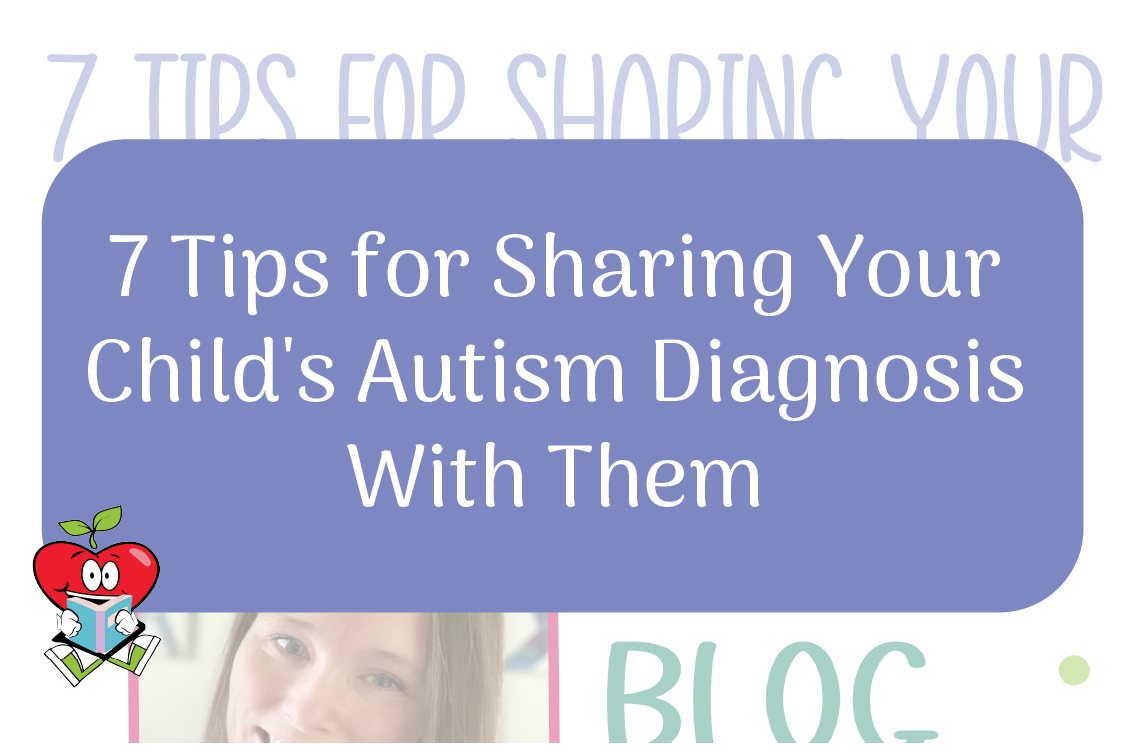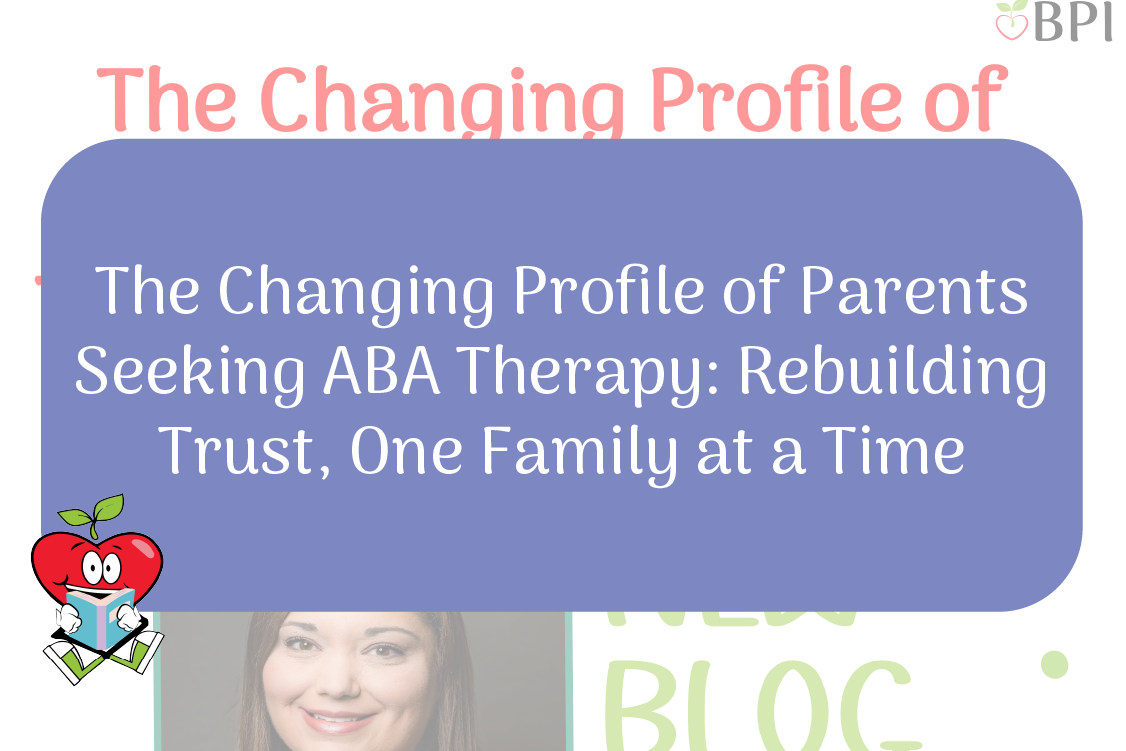How ABA is Utilized in Schools
Angela Miranda, BCBA
Discussing ABA in school really hit home for me. As I am in the schools using ABA it has always made me question, “Why? Why are there not more BCBAs within the school?”
Let’s be real. ABA can save the world! A little presumptuous…maybe, but it’s true.
School is where our future leaders learn. Not only learning the skills that help them with academics but also fundamental skills that help them in society. It’s modeling how to have relationships with peers, work through differences, show respect, and the list goes on. School is a huge part of a child’s life and it’s not a secret that schools are struggling with support.
If every school had the knowledge to find the functions of behavior and learn how to intervene appropriately, I believe that we could solve a lot of the problems that schools are facing and help guide these children in the right direction.
They need someone who can take the time to analyze what is happening and develop individualized support plans to help get these children back to where they need to be.
This is where ABA comes in, to help “save the world.”
A Typical Case
When I get an assignment from a school it is typically a child that has behavioral problems that they don’t know how to navigate. They’ve exhausted all their resources and options and do not know what else to do.
Teachers have their hands full, usually teaching upwards to about 25-30 students. To take the time and focus on one child that needs extra help is hard especially when that student is trying to destroy classrooms, disturbing other students from their learning, and potentially putting themselves or others at harm.
It is my job to focus on that one child, learn their behaviors, but most importantly, learn what their function of behavior is. Then I can develop a plan and train the staff accordingly.
Functions of Behavior Seen at School
There are four functions of behavior:
- Access to attention
- Escape from demands
- Access to tangibles
- Automatic reinforcement
There are two that are primarily seen within the school setting: Access to attention and escape from demands.
1. Access to attention.
This function could be due to a child lacking the attention they crave.
They learn that they can get attention when doing something, whether it is positive, or in most cases, negative. They know that when they do something wrong they will get the attention they are looking for.
For this, the most simple solution is to “catch the good behaviors!”
Simple right? Wrong. Our natural instinct is to correct wrong behaviors, call them out, and let others know that these behaviors are unacceptable. It takes some training and modeling but eventually, faculty learns that it is easier to reinforce when kids are doing the right things!
“Nice job sitting quietly!”
“I love how you are raising your hand!”
Once children realize that they can get attention for doing good things, they will start looking for good attention.
2. Escape from demands.
Kids are learning that if they don’t want to do something, they don’t have to.
They can’t be forced. There’s a lack of consequences that get followed through with. This primarily happens when kids are struggling with subjects they don’t understand, and it is easier for them to act out and get out of the task that was given to them.
When this happens it is important to remember Demand Fading.
Demand Fading is when you start with smaller demands and then reinforce. It’s less effortful for them and they get reinforced for it. Slowly the demands will increase until they have the confidence that they can do it and it’s not that bad.
An example could be when a student is expected to write a paragraph. Start small. Ask them to write their name and two sentences. Reinforce and build their confidence back up. Give access to reinforcement for a small period of time, then continue on.
I wish there was an ABA fairy that just drops a BCBA in every school!
Our schools need help and it starts with us. It starts with ABA getting into all the schools to support them. To help support the children, our future leaders. To give them a place where they feel safe and have the guidance they need to be successful.
This is a very influential part of children’s lives and we need to be able to use our knowledge of ABA to help them in any way we can. This is just a small part of how ABA is utilized in schools.

.webp)





.png)